10 Reasons Why Healthcare Practices Should Offer Online Scheduling
Online scheduling software allows patients to book appointments with only a few simple clicks from a computer or mobile device, and it’s a critical...
4 min read
 Carylee Gali
:
5/10/22 8:25 AM
Carylee Gali
:
5/10/22 8:25 AM
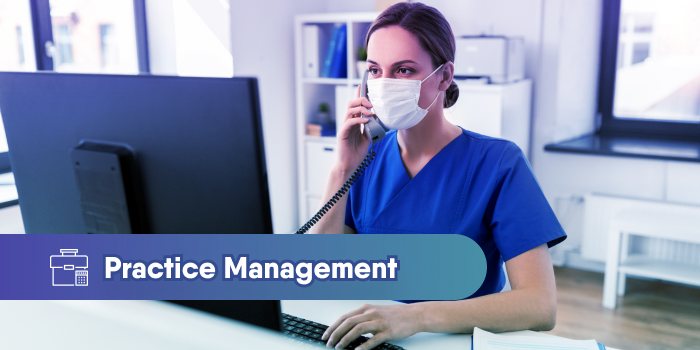
Technology is one of the greatest allies of efficiency in the healthcare industry. It has reduced the number of daily manual processes, from patient registration to follow-up care. No matter the organization's size, there’s a need to invest in digital technology to support people and processes to increase efficiency and productivity.
Unlike in traditional medical offices where patients experience shortcomings, resulting in dissatisfaction, you want your medical office to run smoothly. The following are seven ways standard technology brings efficiency to the medical office.
Even though paper-based medical records still exist and are used by some physicians, the healthcare industry is making every record electronic. Integrating digital forms such as electronic health records (EHRs) and electronic medical records (EMRs) into your office helps streamline all health data collected and stored by your staff.
Unlike paper-based records that are unsecured and prone to damage and misplacement, EHRs and EMRs offer a more secure and accessible record system that is difficult to disrupt. They reduce the risk of data loss as the computerized files are constantly organized and updated over time. Moreover, storing digitized forms in a secured system lets the appropriate people access them for patient care.
Digitized health records also improve data accuracy as it eliminates the need to decipher different handwritings. In addition, electronic forms can help outsource the task of capturing patients’ data. It’s convenient, and patients’ can always go back and edit the digital copy from the comfort of their homes using their laptops or smartphones—pending approvals, of course.
Keeping digital records also reduces the need for cabinet space which provides more room for other equipment and operational tasks.
It’s important to note that since digital forms capture personal heal information, they need to comply with HIPAA regulations regarding security and confidentiality. Ensure your technology uses HIPAA-compliant software.
Prescribing is a sensitive pharmaceutical task within medical offices. Paper-based prescriptions for multiple patients can get complex, leading to errors in prescribing the wrong drugs, dosage, or prescription mix-ups. Medical institutions and local clinics need to switch to e-prescribing software or electronic prescriptions to improve patient safety and minimize medication mishaps.
With electronic prescriptions, you and your team will accurately monitor the system data to ensure that the patients receive their proper medication. More importantly, your medical office can directly communicate to pharmacies to track, renew, and cancel prescriptions, minimizing patient waiting time and long pharmacy queues. Using e-prescribing software also benefits your patients as they no longer risk misplacing or losing a physical prescription since it’s in a digital form uploaded to their medical records.
Healthcare providers and patients prefer text messaging as it is a fast, efficient, and reliable way to communicate. However, just like electronic health records, texting your patient may contain sensitive health information that violates HIPAA regulations. The best way to implement two-way texting and streamline your office’s workflow is to use a HIPAA-compliant patient communication platform, so you won’t have to worry about breaching patient data security.
Two-way text messaging provides efficiency to your medical office by enhancing internal team communication, improving patient satisfaction, and simplifying appointment scheduling. Your staff can also use the text option to remind patients about their appointment schedule days earlier to avoid no-shows. If a patient needs to reschedule, they can just text your staff, who will have enough time to make necessary arrangements.
This point links with the previous point. Scheduling appointments can be time-consuming as staff often have to go back and forth with patients to find a suitable date and time. Manual scheduling is prone to human errors and missed appointments. Rescheduling and no-shows complicate the process.
Your office can use online appointment booking via texting, video calls, and other telemedicine platforms to mitigate these issues. This will help optimize administrative workflow, reduce cancellations or no-shows, and produce an error-free scheduling process.
Patients no longer have to call your front desk or appear physically to book an appointment. You can send them a message that includes a link to your online schedule to see all real-time availability slots for appointments. Ensure you use HIPAA-compliant online scheduling tools, such as Curogram, to protect PHI (Protected Health Information).
Many appointments are missed or canceled because people simply forget about them. This is why sending automated appointment reminders to your patients saves your office time and reduces appointment cancellations or no-shows. You may send your patients' customized reminders or ask them directly about their preferred method to receive reminders. Your office may send out the appointment notifications via email, text, or phone call at a specific time, depending on what works for you and your patients.
Although not necessarily a new development in healthcare technology, telemedicine is a growing field that allows doctors to meet with patients via live video conference or phone call. Appointments are similar to in-person care, but the patient can log in from their own home or office. They don’t have to travel, organize childcare, or even take time off work, reducing many factors that contribute to appointment cancellations.
As for your medical office, telemedicine can cut unnecessary costs without jeopardizing your service. Software like Curogram enables you to create your virtual clinic and start seeing patients remotely. It also offers patient-centric telemedicine solutions that help medical offices boost efficiency. Some of Curogram’s benefits are:
Most importantly, you can expand your practice by offering services in remote areas and abroad since telemedicine appointments are virtual. This will significantly enhance your patient acquisition leading to increased revenue.
More patients read online reviews while searching for a healthcare provider. They rely on them to identify trustworthy providers, so medical offices are working hard to establish their online presence to collect and promote these positive reviews. Each positive review advertises the quality of healthcare.
Once you establish and enhance your online credibility and more patients recognize and recommend your practice, your medical office staff no longer have to work so hard with advertising or marketing; they can focus more on clinical tasks. Collecting patient reviews presents you with a better idea of the standing and performance of your practice and shows you where to implement changes to improve your processes, making you more effective.
Using digital technology speeds up the processes and enables medical offices to manage time and resources effectively. Technology automates processes that previously had to be done manually, allowing medical providers and their offices to run more efficiently as they focus more of their time and efforts on other clinical tasks and care delivery.
Although multiple platforms cater to different processes, it’s usually more expensive and harder to maintain. You are better off using an all-in-one solution that caters to all your necessary operational needs. From patient scheduling to integrating EHR and collecting patient reviews, Curogram makes it all happen.
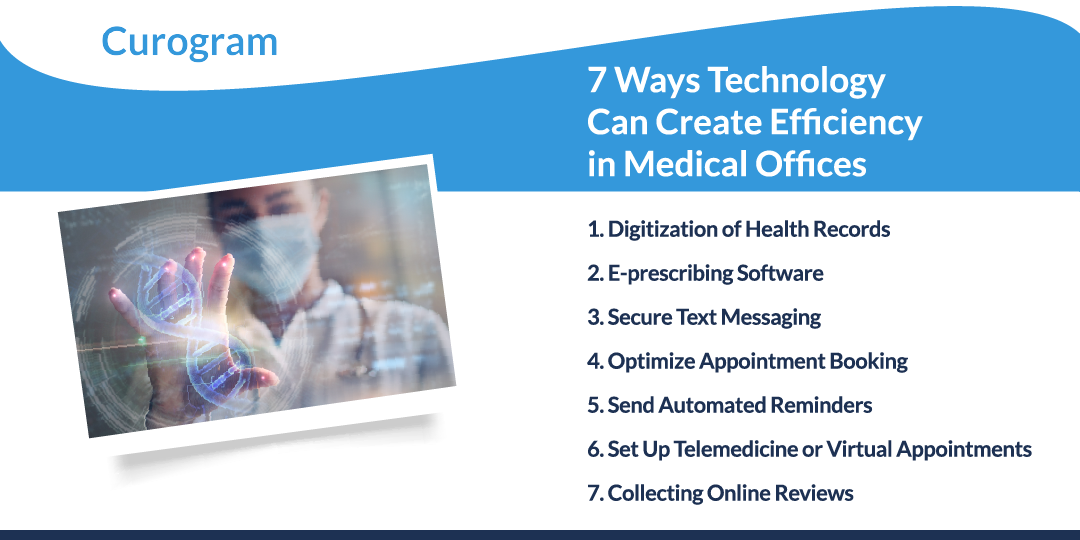
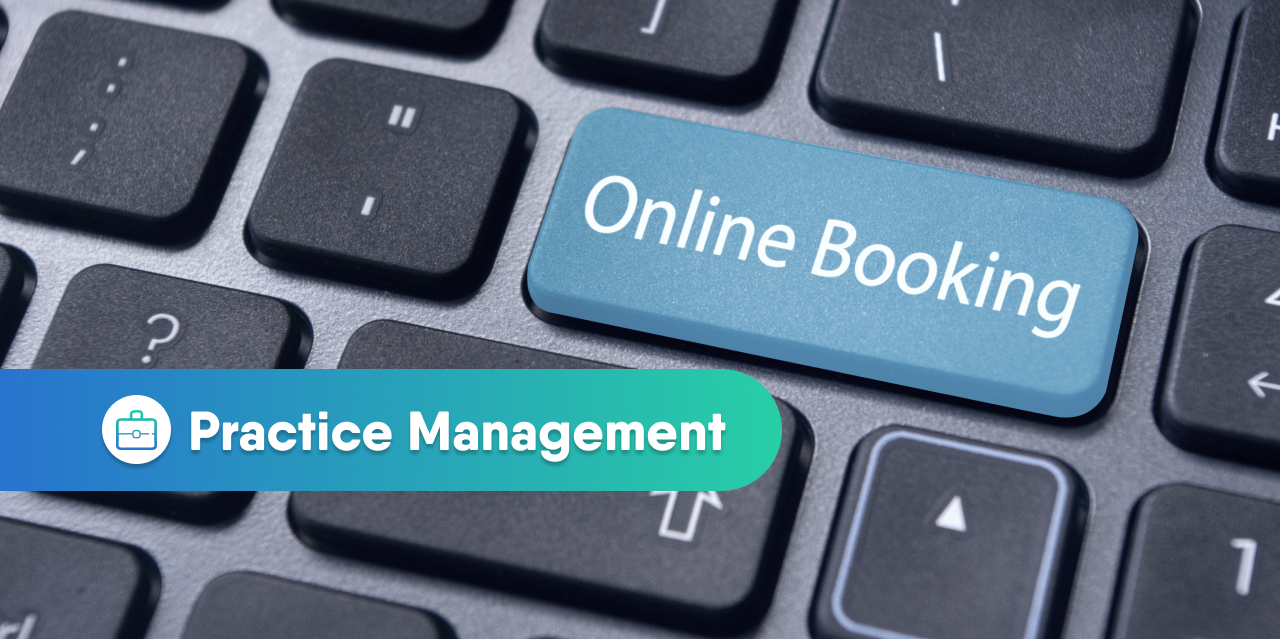
Online scheduling software allows patients to book appointments with only a few simple clicks from a computer or mobile device, and it’s a critical...
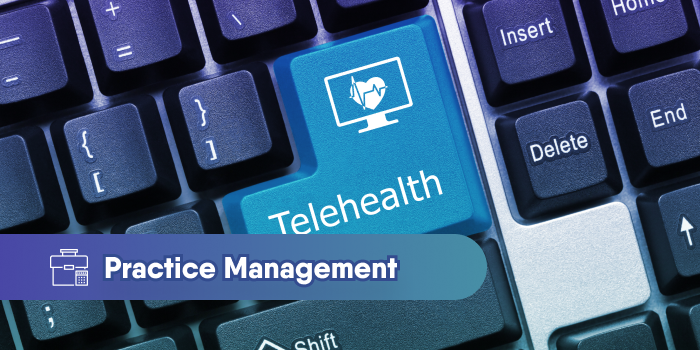
Healthcare professionals (HCPs) consider finding a way to improve healthcare quality in the United States a critical undertaking to succeed in...
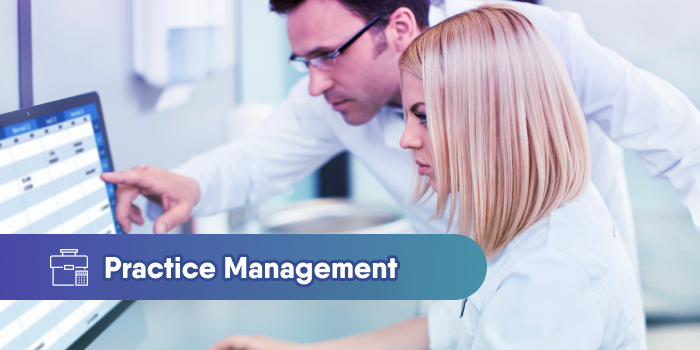
As healthcare providers strive to improve patient care quality and increase patient satisfaction, there are ten ways technology can help you create...